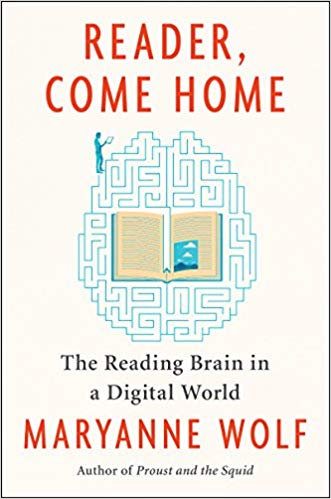One of the challenges of working with second-year students is finding them: unlike first-year students, who can often be located thanks to FYE programs, second-years aren’t as easy to connect with. While more campuses are building second-year programs (46% of institutions that responded to the 2014 National Survey of Sophomore-Year Initiatives reported offering such programs), they take a variety of forms. In fact, most of the initiatives have only been in existence 2-5 years and are likely not as comprehensive as their first-year counterparts.
This blog series provides easy, free access to open web resources and content that support affordable learning opportunities. A wide variety of resources published by government entities, think tanks, and more are curated to demonstrate what may be relatively unknown or ‘buried’ in the internet. Resources reflect issues happening today for the use of librarians, students, and all audiences.
Looking to up your library's social media game? One of the best ways to engage followers to is to provide a consistent stream of fun/useful content. Understanding that libraries don't always have the time to generate all of the content they'd like, we're here to help!
Last week I talked about the unique needs of second-year students, a group all too often overlooked in higher education. The “sophomore slump” is a phenomenon we take for granted, but there are strategies we can use to support students who, after making it through their first year, still face challenging transitions. Here are a few things I’ve learned about working with second-year students as a faculty mentor for Ohio State’s Second-Year Transformational Experience Program (STEP) and as the coordinator of library workshops for the STEP Professional Development Co-Curricular series:
Reading and Writing on a Screen: Benefits and Drawbacks
Your students likely do most or all of their writing using a computer, tablet, or other device with a screen. A few brave souls may even compose papers on their phone. Much of their reading is done online and otherwise on-screen, too. What are the benefits and drawbacks? What does it mean for creativity, learning, and critical thinking? Encourage students to examine their information consuming and producing habits with the following articles and book that should get them thinking about how different methods of reading and writing are best for different situations and individuals.
The Second Year Transition: Looking Into Higher Ed’s Most Overlooked Year
What is special about the second year of college? Following the excitement and the external transition forced in the first year of college, the second year seems quieter at first glance. These students have figured out how to navigate campus, made the transition to the more rigorous expectations of college courses, and made friends with peers. However, the idea of a sophomore slump is not new: I recently found an article dating back to 1956 on the subject. The author claimed that, at his institution, the “sophomore slump” was not as widespread as expected (Freeman, 1956). Yet even in this article skeptical of the concept, he notes challenges common to second-year students.
3 Questions with FYE Guide Activity Contest Winner Danielle Rapue
by Danielle Rapue and Duncan Whitmire
Danielle Rapue of Pasadena City College is the winner of our FYE Guide Activity Contest! The judges loved her Finals Survival Kit, and were impressed by how she was able to address prevalent student needs while also bringing new users into the library. In this interview she shares how she made it happen, and how students responded. Thank you to everyone who downloaded The Credo FYE Guide and let us know what you’ve incorporated in the past semester!
Webinars on Accreditation Tips, Faculty Outreach, and More
Ready for some brief and free professional development? Try the webinars that are archived in Credo’s InfoLIt Learning Community. Each one is an hour long and presents an expert or group of experts on some aspect of information literacy. Some of the offerings focus on best practices and tips regarding Credo’s learning tools, but many others highlight pedagogical practices, successful IL programs, and ways of reaching students and faculty with your IL work. The webinars are available at the Webinars and Events section of the community, with some recent programs including:
Teaching Research Questions and Background Research with Credo, Part II
by Beth Black and Raymond Pun
Last week Beth and Ray offered activities and suggestions for teaching students about research questions criteria and the role of background information when starting their research projects. This week the two take a look at writing and revising research questions using Credo Online Reference Service.
Integrating Critical Visual Literacy in Library Instruction
By Stacy R. Williams and Raymond Pun
Visual literacy is an important skill to make sense of images and multimedia content. In this post we’ll build off our previous discussion of teaching visual literacy to delve deeper into how we can engage students to think critically in this area. From social media to digital collections in museums, librarian Stacy R. Williams shares her favorite tools when teaching critical visual literacy concepts in research workshops at the University of Southern California (USC).

/Images/library-2414380_640.jpg)
/Images/news-644847_640.jpg)
/Images/mardi-gras-1176483_640.jpg)
/Images/collaborating.jpg)

/Images/backpacks-college-college-students-1454360.jpg)
/Images/finalssurvivalkits.jpg)
/Images/mindmap-2123973_640.jpg)
/Images/vislit.png)